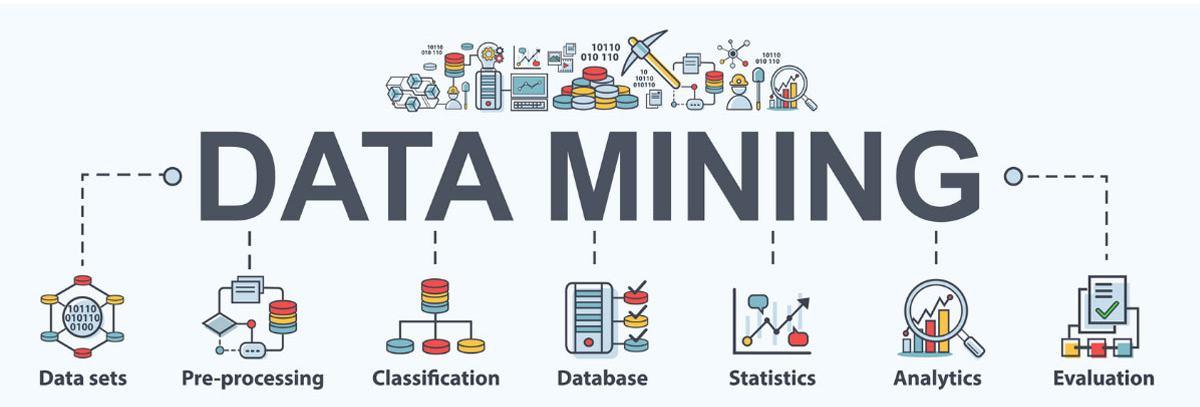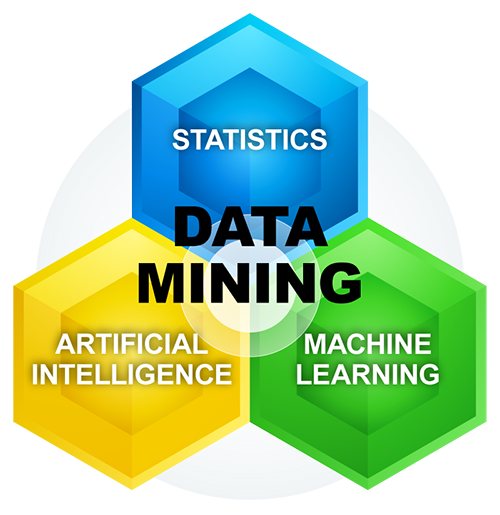 New WebServices
All Data Business Services
New WebServices
All Data Business Services

What Is Data Mining? How It Works
In daily operations, a business collects data about sales, customers, production, employees, marketing activities and more. Data mining can help businesses extract more value from that critical company asset. The knowledge gained through data mining can become actionable information a business can use to improve marketing, predict buying trends, detect fraud, filter emails, manage risk, increase sales and improve customer relations.
Because data mining techniques require large data sets to generate reliable results, they have been used in the past mostly by big businesses. But the advent of large publicly available data sets — think social media posts, weather forecasts and trends, traffic patterns — can make data mining useful for many small businesses that can combine such external data with their own information and mine them together for valuable insights. At the same time, data mining tools are becoming less expensive and easier to use, making them more accessible to smaller businesses.


How Data Mining Works
Data mining works through the concept of predictive modeling. Suppose an organization wants to achieve a particular result. By analyzing a dataset where that result is known, data mining techniques can, for example, build a software model that analyzes new data to predict the likelihood of similar results. Here’s an overview:
1. Start with historical data
Let’s say a company wants to know the best customer prospects in a new marketing database. It starts by examining its own customers.
2. Analyze the historical data
Software scans the collected data using a combination of algorithms from statistics, artificial intelligence and machine learning, looking for patterns and relationships in the data.
3. Write rules
Once the patterns and relationships are uncovered, the software expresses them as rules. A rule might be that most customers ages 51 to 65 shop twice a week and fill their baskets with fresh foods, while customers ages 21 to 50 tend to shop once a week and buy more packaged food.
4. Apply the rules
Here, the data mining model is applied to a new marketing database. If the company is a packaged food provider, it will be looking for 21- to 50-year-olds.








